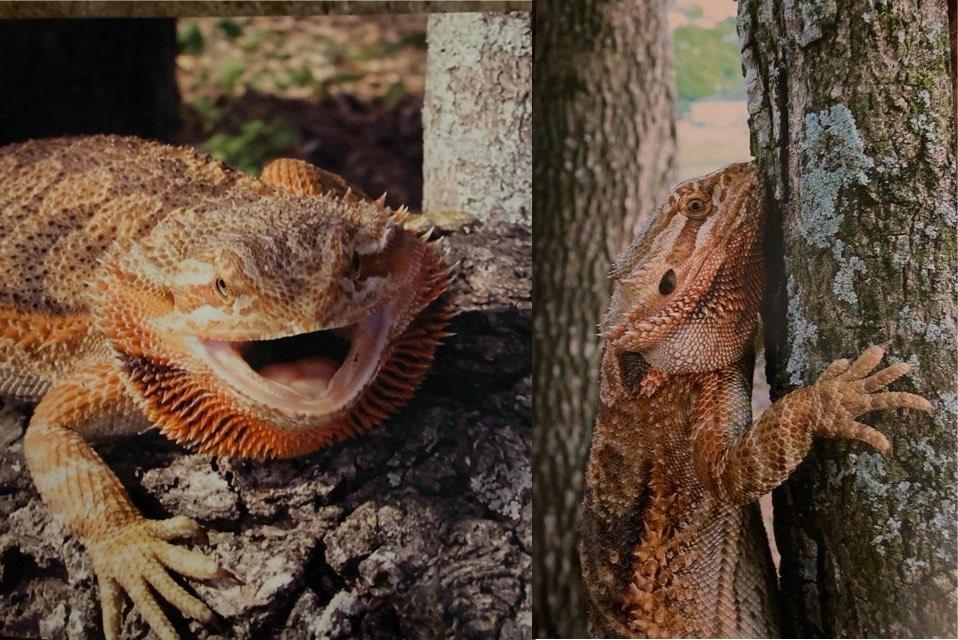Two infants and a dozen other people became ill from a rare strain of salmonella bacteria that was linked to pet bearded dragons, according to a study by the Centers for Disease Control and Prevention (CDC).
The incidents, which occurred in the United States and Canada in 2021 and 2022, were linked to a particular strain of the bacteria known as salmonella vitkin.





